Teach Your Baby to Drink Water the Right Way
Disclaimer: This blog offers educational information only and is not medical advice. Always consult a healthcare professional before making medical decisions or changing your health routine.
Disclosure: This blog contains affiliate links, which means I may earn a small commission at no extra cost to you if you make a purchase through them.
A few days ago, my baby turned 4 months old, and I began introducing solid foods. This raised questions: Should I give him water? How and when?
Although I am a pediatric registered nurse, I don’t specialize in feeding or language development. From experience, I know that experts we trust most for these questions are speech therapists and feeding specialists.
So, I focused on speech therapists’ advice in my research.
I learned babies usually start drinking water around 6 months when solid foods increase (or when they can sit up alone). By 12 months at the latest, babies should be drinking water.Why emphasize “eating solid foods increase”? Because some babies start eating solid between 4-6 months. At that time, the amount of solids consumed is typically minimal—mainly for introducing allergens, exploring textures, and play. During this stage, I’ve found that it’s usually best to wait on offering water (always following your pediatrician’s advice, of course).
First, how much water to give:
Between 6-9 months, most babies only need 1-3oz (30-90 ml) of water per day. Water is only given to help babies get used to its taste and texture, If you live in a very hot climate, or your baby is experience constipation, you could consult your pediatrician to see if it’s appropriate to offer a bit more. According to an article from Solid Starts, it’s strongly recommended to keep total water intake under 4 oz (118 ml) before 9 months to prevent water from replacing milk intake, which could lead to insufficient nutrition for young babies. It also states that water is optional at this time.
Between 9-12 months, babies should have less than 8 oz (227ml) of water according to Solid Starts.
Another source I found is HealthyDrinksHealthyKids, which states that babies can start having small sips of water when eating solid food between 6 and 12 months.
Drinking position:
Babies must be sitting upright with their upper body when drinking water.
Never offer water while the baby is lying down. Never offer water or any solid before baby has good neck control.
This is because water is actually one of the most difficult liquids to swallow safely—it requires the highest level of swallowing coordination and is the easiest liquid to choke on.what to sit in?:
You can put baby in a floor seat to help them sit up. Upseat is a great choice for baby sitting upright to drink while protecting their hips.
What kind of cup to use:
Based on multiple sources, the most recommended drinking tools for babies are:
- An open cup (or side-open cup) at home
- A straw cup for when you’re out and about
It might sound surprising to let a small baby use an open cup, but stay with me—I’ll explain why in the next section.
Aside from breastfeeding, there are only a few ways to offer liquids to a baby: mainly bottles, sippy cups, straw cups, and open cups.
Unlike bottles and sippy cups, using open cups long-term does not contribute to poor oral habits. In fact, drinking from an open cup helps strengthen and develop the muscles of the mouth and tongue, supporting future speech development!
Straw cups are also excellent. They engage different oral muscles that open cups don’t, helping to build strength for healthy speech and language skills later on! According to this blog written by a speech therapist, drinking from straw requires sealing lips around the straw which help babies to produce consonant sounds.❤️ How to Teach Open Cup Drinking:
You can start by giving your baby an empty open cup to play with around 4-6 months. Show your baby how you drink from it to set an example.
Once your baby is about 6 months old and sitting up properly, you can offer a very small amount of water (15ml or less) in the cup. Put on a bib, get ready for spills, and let your baby try! It’s totally fine to help hold the cup at this stage.
Parents, be mentally prepared—it will be messy at first!❤️ How to Teach Straw Cup Drinking:
Fortunately, many straw cups (recommendation listed below available today are perfect for teaching straw drinking. These cups are designed to be squeezable, allowing a small amount of water to rise through the straw when pressed. This feature helps your baby access the water easily and encourages them to continue practicing with straws!❌ The Least Recommended Cups:
The most strongly discouraged are spout cups (sippy cups) and feeding bottles.
I found several sources suggesting bottle use should begin to be reduced after 12 months and ideally stop by 15 months.
(Experts give firm advice, but don’t stress! Real life happens. If you can’t drop the bottle on schedule, it’s okay to go at your own pace.)Also worth mentioning: Breastfeeding does not cause poor oral habits. In fact, breastfeeding helps prepare babies for eating solids and supports healthy oral and speech development.
Recommended Open Cups & Straw Cups
Selection Criteria:
🌟 Trusted brands (10+ years)
🌟 BPA-free, low toxin materials
🌟 Prefer European safety standards
🌟 Supports child development
🌟 Dishwasher-safe if possible1. 🔗ezpz Tiny Cup
- Perfect First Open Cup for Babies (60ml)
- ✔️ Small size – easy for babies to grip and hold
- ✔️ Great for practicing with or playing before formal water drinking
- Brand: EZPZ: Founded in 2014 by a child feeding and speech specialist
- Non-slip, easy-to-hold design with a weighted base
- Moderate water flow to reduce choking risk
- Free from BPA, BPS, PVC, latex, and phthalates
- Suitable for babies 6 months and up
- ✨ EZPZ also offers many excellent baby feeding products! 🔗 Check them out here
- Great First Open Cup for Babies
- Transparent design with measurement markings
- Weighted base
- ✔️ BPA, PVC, lead & phthalate free
- ✔️ Microwave, freezer, boiling, and dishwasher safe
- Designed with pediatric feeding experts
- Suitable for 6 months+
- Brand founded in 2012
- ✔️ Great training cup for learning to use a straw
- ✔️ Soft, squeezable design – helps baby connect sucking with drinking
- ✔️ Recommended by speech and feeding therapists (my baby’s therapist suggested it as well!)
- Available in food-grade plastic and food-grade silicone
- BPA-free
- Best for 6 months+
- Hand wash recommended for the 4-pack plastic set, due to the use of non-toxic acrylic materials.
4. 🔗mushie silicone training cup
- Food-grade silicone, BPA/BPS/PVC/phthalate-free
- European brand, U.S. & EU safety certified
- 175ml, suitable for 9+ months
5. 🔗Olababy silicone training cup
- BPA, PVC, Lead & Phthalates free
- With measurements, transparent, weighted base
- I tested it💗: when shaken hard, some water spills but won’t pour out completely
- Safe for hot/cold liquids, microwave, freezer, boiling sterilization, and dishwasher
- Can be used as an open cup without the lid
- 150ml, suitable for 9+ months
7. 🔗Dr. Brown’s Milestones, Baby’s First Straw Cup
- BPA-free
- Weighted straw for easy drinking at any angle
- Closable lid
- Safe for dishwasher, sterilizer, and boiling water
- Slightly large (270ml), more suitable for 11-12 months+
8. 🔗Munchkin C’est Silicone!straw cup
- BPA, BPS, PVC free, food grade material
- Munchkin is a trustworthy brand
- No valves in straw, better for oral development
- weighted base
- 120ml,great for 6m+
Munchkin also offers a fantastic open cup featuring a bamboo exterior and a silicone interior! It’s shatter-proof and holds 150ml. An excellent option for babies aged 9-12 months!
🙅Not recommended:
- Spout cups (such as the NUK Sesame Street Hard Spout Cup) can encourage babies to push their tongues forward, a habit that is less than ideal for oral development.
- Straw cups with valves — like the Owala kids’ insulated bottles — have a built-in mechanism inside the straw that prevents water from leaking out. The concern is that when children drink from straws with valves (image shown below), they use a different set of muscles and motions compared to drinking from a regular open straw. This difference can affect oral motor development and even speech.
The NHS also mentions this in their article:
“A cup or beaker with a free-flow lid (without a non-spill valve) is better than a bottle or beaker with a teat as it will help your baby learn how to sip rather than suck.”
That said, Owala’s kids’ bottles are honestly amazing for adults — I actually bought one for myself to bring coffee to work in the morning! Here’s a 🔗 link for parents who want to check it out. - According to some feeding experts, recessed lidded cups (see ↓image), often designed to be leak-proof, may encourage unique sucking and tongue movements that could lead to unfavorable oral habits.
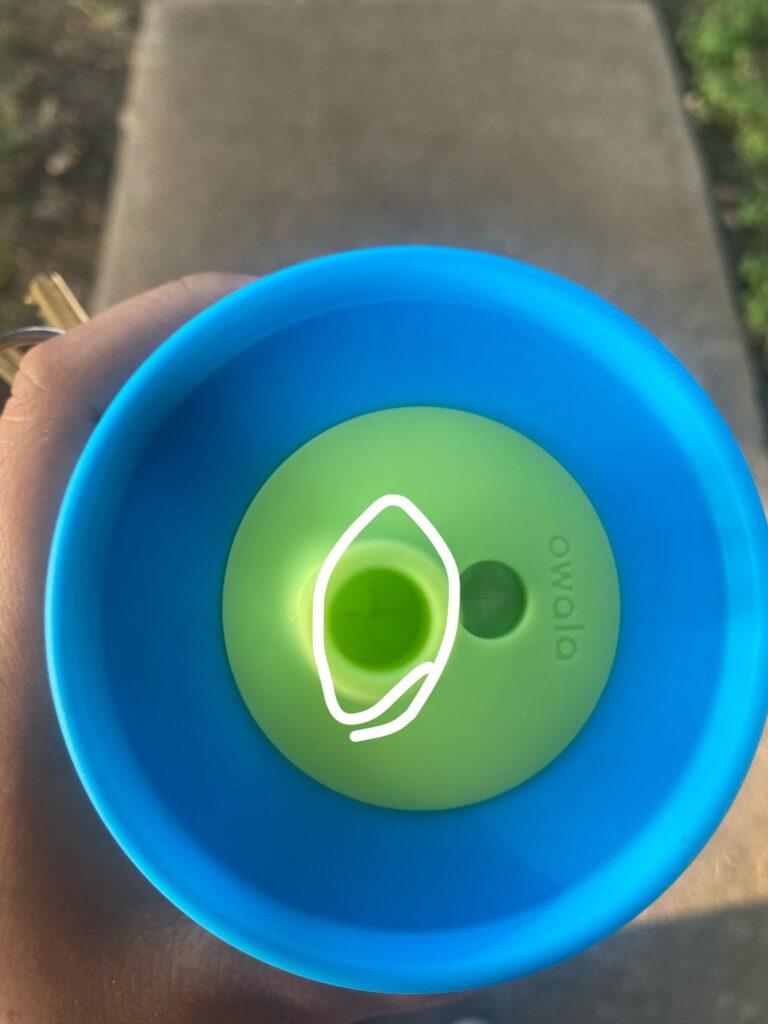
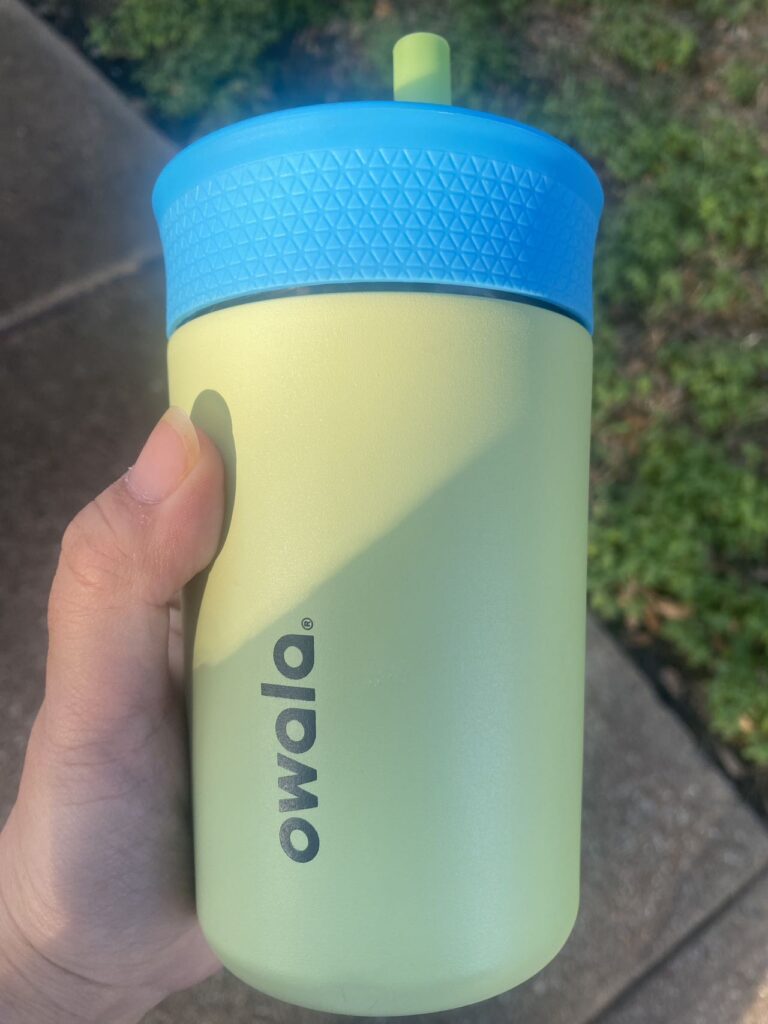
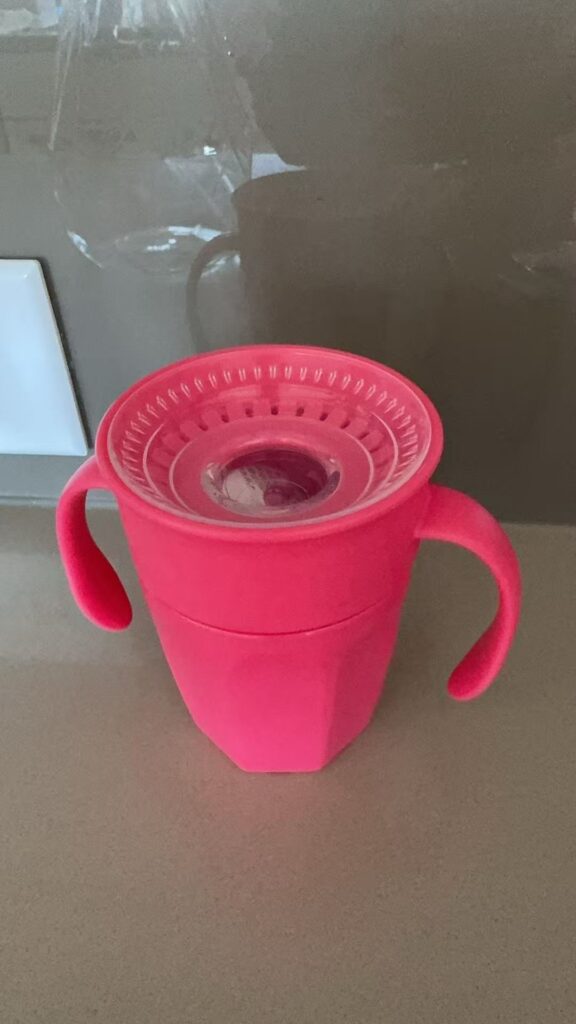
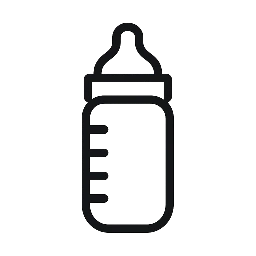


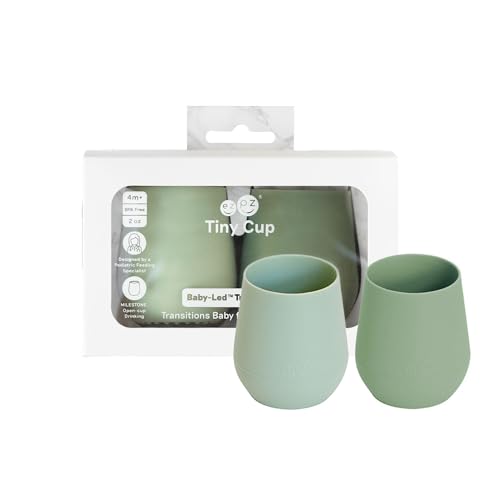

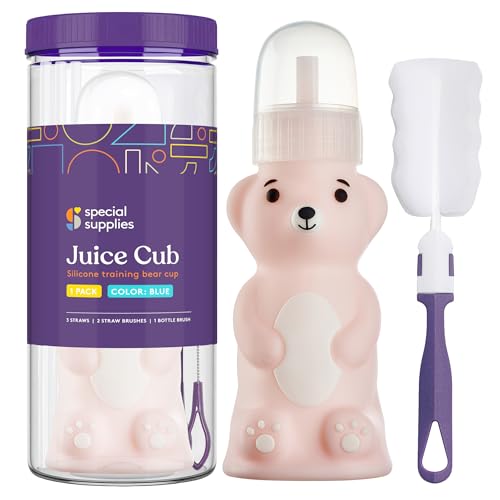






Leave a Reply